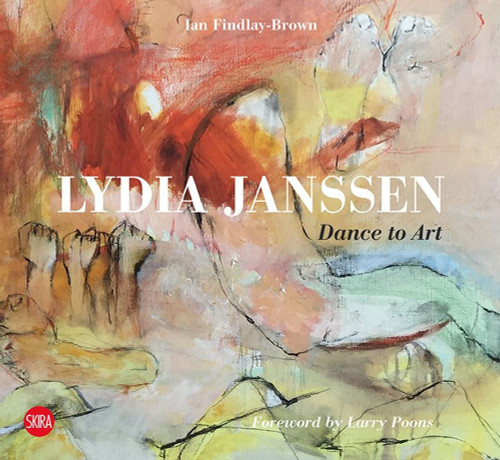The work by one of the key players in European art after 1960.
Dutch artist Jan Henderikse is a pivotal figure in twentieth-century art: since the 1950s, his work has developed beyond the traditional notions of painting and sculpture, to redefine the coordinates of artistic imagery. First, by neutralizing the surface into the monochrome; then, since 1959, by employing unconventional materials and techniques in ªalloverª compositions that mark his distinctive language. Looking for everyday used objects (such as empty crates, bottles, corks, license plates, coins, bills, parts of toys, found photographs, and others), which he perceives as loaded with human and emotional content and interest, Henderikse combines them into assemblages and serial accumulations, sequences and multimedia installations, in order to show the immediate power of their significance.
Born in Delft, the Netherlands, in 1937 Jan Henderikse Henderikse moved to Cologne in 1959, and shortly thereafter to Dû§sseldorf. While in Dû§sseldorf, one of the epicentres of the post-war European avant-garde, Henderikse made contact with the circle of international ZERO artists, and engaged in a close friendship with German ZERO-artist Gû§nther Uecker. Starting in 1959, Henderikse developed a highly distinctive visual language, focusing on assemblages, readymades and installations. In 1968 Henderikse moved to New York, working mainly with assemblages of found objects and photographic sequences.
His works can be found in the collections of museums around the world, and in 2014 and 2015 were featured in the ZERO exhibitions at the Guggenheim Museum in New York, the Martin Gropius Bau in Berlin, and the Stedelijk Museum in Amsterdam. The artist currently lives and works in Brooklyn, New York and Antwerp, Belgium.
Dutch artist Jan Henderikse is a pivotal figure in twentieth-century art: since the 1950s, his work has developed beyond the traditional notions of painting and sculpture, to redefine the coordinates of artistic imagery. First, by neutralizing the surface into the monochrome; then, since 1959, by employing unconventional materials and techniques in ªalloverª compositions that mark his distinctive language. Looking for everyday used objects (such as empty crates, bottles, corks, license plates, coins, bills, parts of toys, found photographs, and others), which he perceives as loaded with human and emotional content and interest, Henderikse combines them into assemblages and serial accumulations, sequences and multimedia installations, in order to show the immediate power of their significance.
Born in Delft, the Netherlands, in 1937 Jan Henderikse Henderikse moved to Cologne in 1959, and shortly thereafter to Dû§sseldorf. While in Dû§sseldorf, one of the epicentres of the post-war European avant-garde, Henderikse made contact with the circle of international ZERO artists, and engaged in a close friendship with German ZERO-artist Gû§nther Uecker. Starting in 1959, Henderikse developed a highly distinctive visual language, focusing on assemblages, readymades and installations. In 1968 Henderikse moved to New York, working mainly with assemblages of found objects and photographic sequences.
His works can be found in the collections of museums around the world, and in 2014 and 2015 were featured in the ZERO exhibitions at the Guggenheim Museum in New York, the Martin Gropius Bau in Berlin, and the Stedelijk Museum in Amsterdam. The artist currently lives and works in Brooklyn, New York and Antwerp, Belgium.







